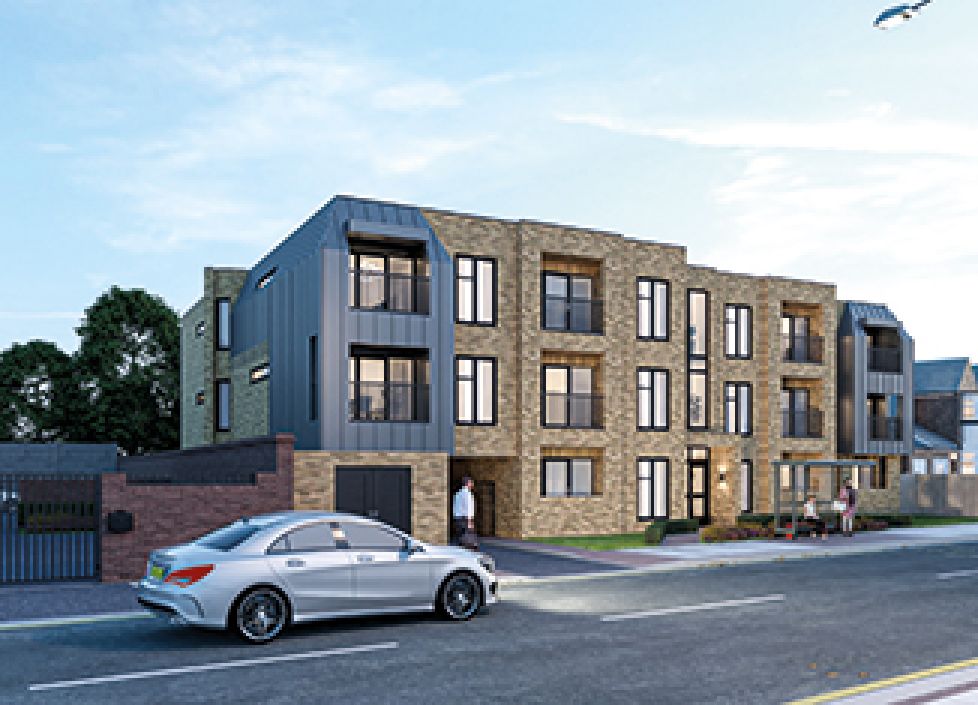Demand for commercial property investment soared by 28% year-on-year in Q4 2024, marking the largest annual increase since Q2 2021, following a second consecutive base rate cut by the Bank of England. But which UK cities offer the best opportunities for commercial property success, and which pose the greatest challenges?
With this in mind, the Alan Boswell Group analysed 31 major UK cities, assessing a variety of metrics including business closure rates, non-residential burglary and shoplifting rates, retail sales performance, long-term flood risk, empty premises relief and rateable value per square metre to reveal the most and least challenging cities to thrive in commercial property.
Leicester is the top city to thrive in commercial property in 2025
According to the research, Leicester claims the top spot as the best UK city to own a commercial property in 2025, boasting an impressive final score of 7.06/10. With retail sales at 100.3% of 2019 levels, the city has fully bounced back post-pandemic. Commercial properties remain an attractive investment, with a modest 3.79% increase in rateable value over five years, as well as relatively low crime rates, with only 6 shoplifting cases and around 1 non-residential burglary per 1,000 businesses.
Bristol ranks second with low business closure rates and low long-term flood risk
Bristol also ranks as a top city for commercial property investment, scoring 7/10 overall. Thanks to a relatively low business closure rate of 118 per 1,000 businesses, the South West city offers a supportive landscape for enterprises to thrive. Investors also benefit from one of the lowest long-term flood risks in the UK, making Bristol a safer bet for commercial property. While the city faces a slightly higher crime rate - with 9 shoplifting incidents per 1,000 businesses - a 2.86% increase in rateable value indicates steady property demand over five years.




















